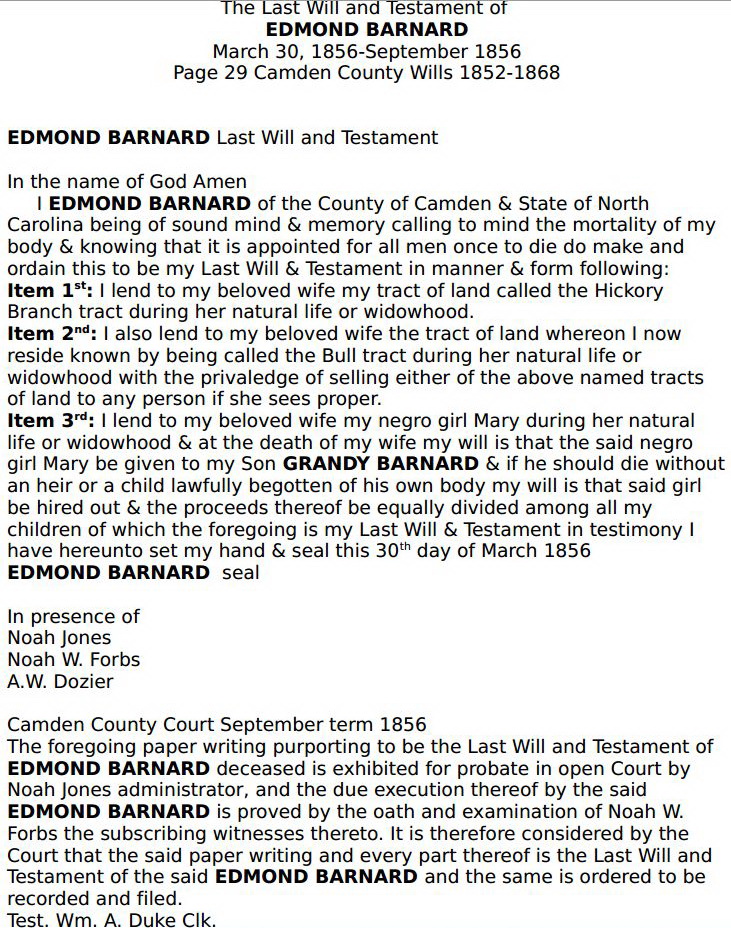
Contributed and transcribed by Judy Merrell Brickhouse
Part of the NCGenWeb/USGenWeb Project

Contributed and transcribed by Judy Merrell Brickhouse
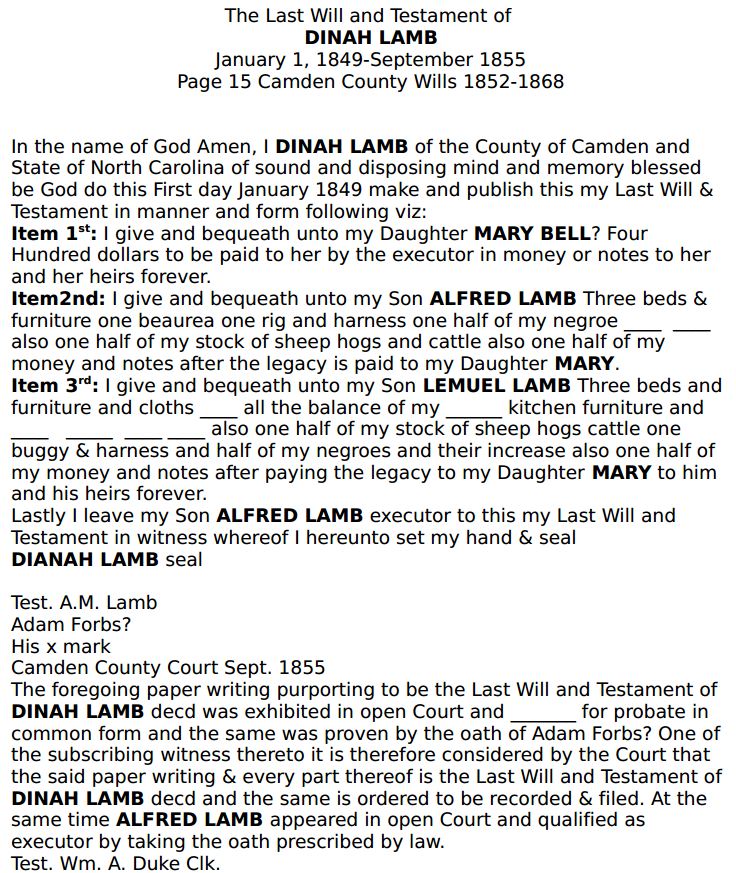
TRANSCRIBER’S NOTE: This will is very faded and some words could not be clearly deciphered.
Contributed and transcribed by Judy Merrell Brickhouse
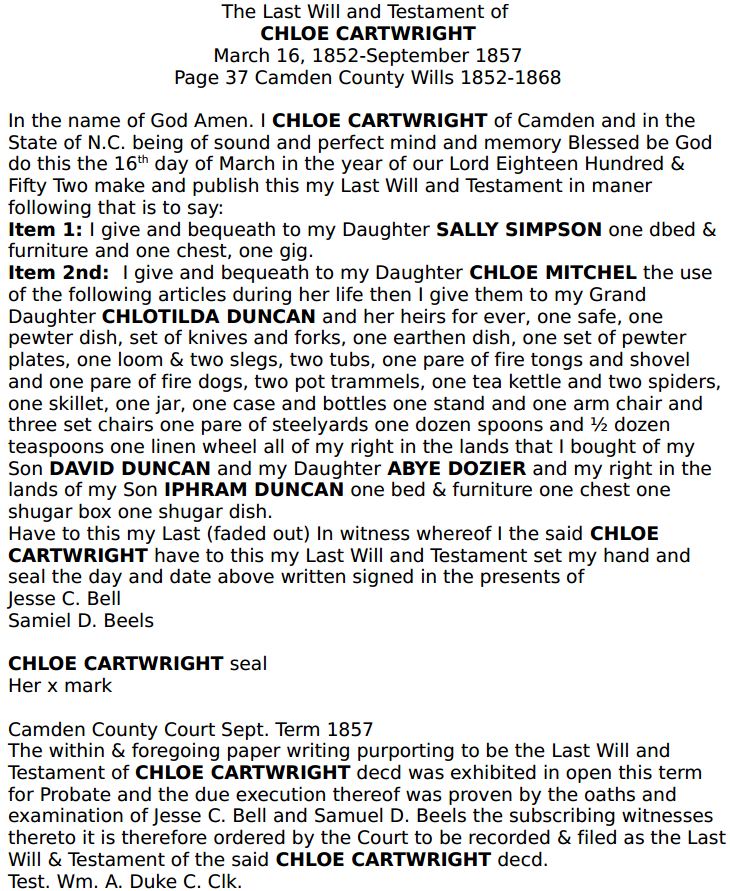
Contributed and transcribed by Judy Merrell Brickhouse
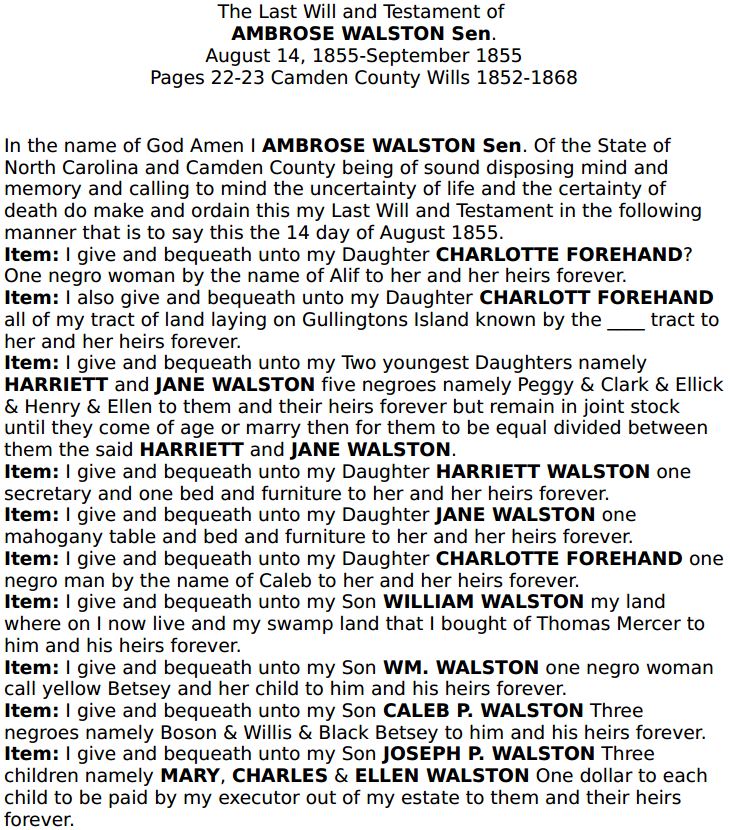

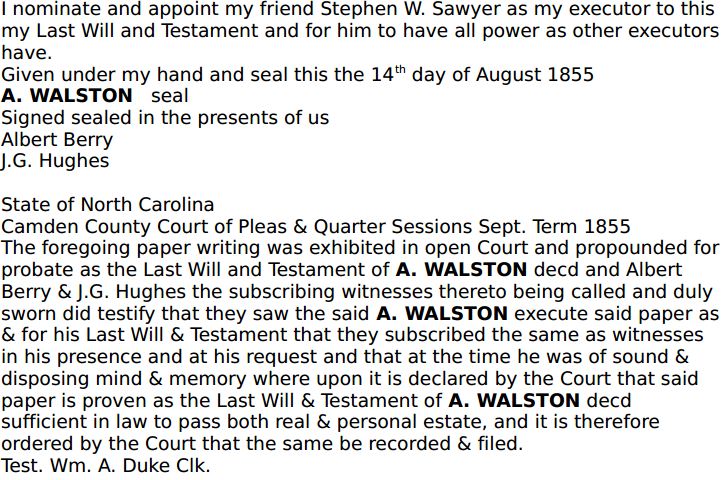
Contributed and transcribed by Judy Merrell Brickhouse
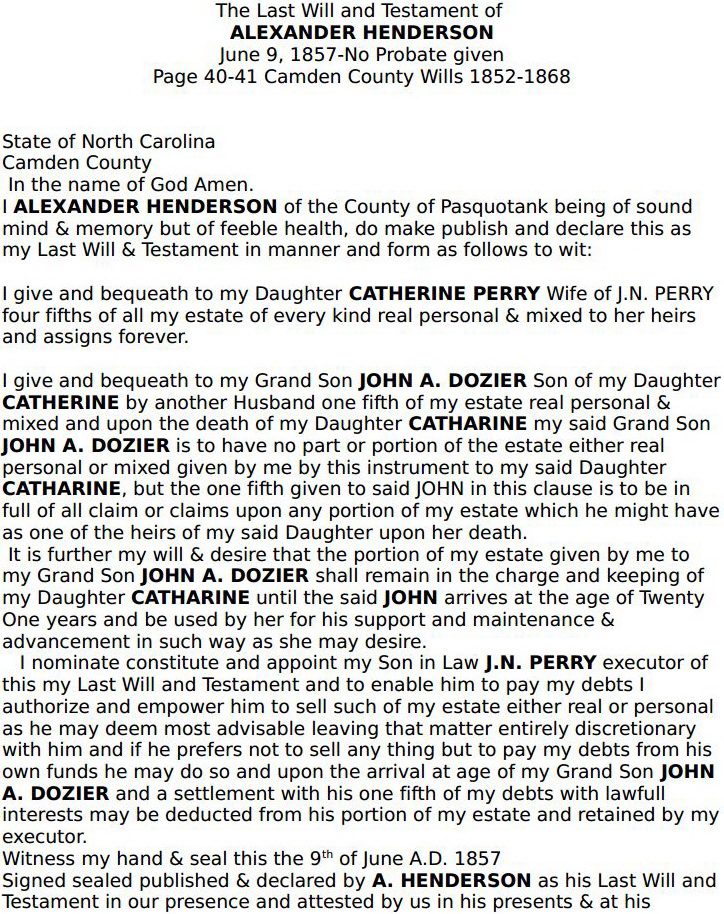
![]()
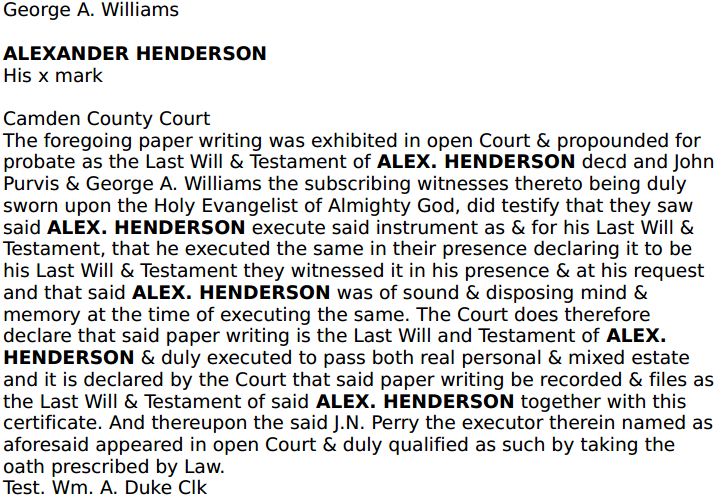
Contributed and transcribed by Judy Merrell Brickhouse
 Thomas Gregory was born in Camden or Currituck County about 1842 to Samuel Gregory and his wife Chloe Gregory. (His CSA Army record states he was born in Camden County.) When the War Between the State began, he enlisted in Captain G.G. Luke’s Independent Company on July 15, 1861 at Shiloh in Camden County for twelve months. Thomas, along with most of this company, was captured at Fort Hatteras on North Carolina’s Outer Banks on August 29, 1861. he was sent to Fort Warren in Boston Harbor and while imprisoned there was assigned to Company H, 32nd Regiment, NC Troops. He was paroled at Fort Warren on January 30, 1862 and transferred to Fort Monroe, Virginia for exchange. When this company was disbanded on April 2, 1862. Thomas enlisted in Company A, 56th Regiment on May 1, 1862 for the war. He was captured at the Second Battle of Gum Swamp, NC on May 22, 1863, was sent to New Bern, NC and then to Fort Monroe Virginia for exchange. He was shown present or accounted for from July-August 1863 until his capture at Fort Stedman, near Petersburg, Virginia on March 25, 1865. He was transferred to Point Lookout, Maryland where he was confined until his release on June 27, 1865 after taking the Oath of Allegiance.
Thomas Gregory was born in Camden or Currituck County about 1842 to Samuel Gregory and his wife Chloe Gregory. (His CSA Army record states he was born in Camden County.) When the War Between the State began, he enlisted in Captain G.G. Luke’s Independent Company on July 15, 1861 at Shiloh in Camden County for twelve months. Thomas, along with most of this company, was captured at Fort Hatteras on North Carolina’s Outer Banks on August 29, 1861. he was sent to Fort Warren in Boston Harbor and while imprisoned there was assigned to Company H, 32nd Regiment, NC Troops. He was paroled at Fort Warren on January 30, 1862 and transferred to Fort Monroe, Virginia for exchange. When this company was disbanded on April 2, 1862. Thomas enlisted in Company A, 56th Regiment on May 1, 1862 for the war. He was captured at the Second Battle of Gum Swamp, NC on May 22, 1863, was sent to New Bern, NC and then to Fort Monroe Virginia for exchange. He was shown present or accounted for from July-August 1863 until his capture at Fort Stedman, near Petersburg, Virginia on March 25, 1865. He was transferred to Point Lookout, Maryland where he was confined until his release on June 27, 1865 after taking the Oath of Allegiance.
After his release he returned to the Camden/Currituck County area. where he worked as a farmer/farm laborer. On October 3, 1870 in Currituck County he married Josephine Forbes, daughter of Tilmon Forbes and his wife Mary Dozier Forbes of Camden County. Thomas and Josephine had seven children all of whom lived to adulthood. In the 1880 census, Thomas and his family were living in Camden County. According to family information, Thomas died about 1883 and is buried in an unmarked grave somewhere along Maple Road in Currituck County.
Contributed by Bob Stokley
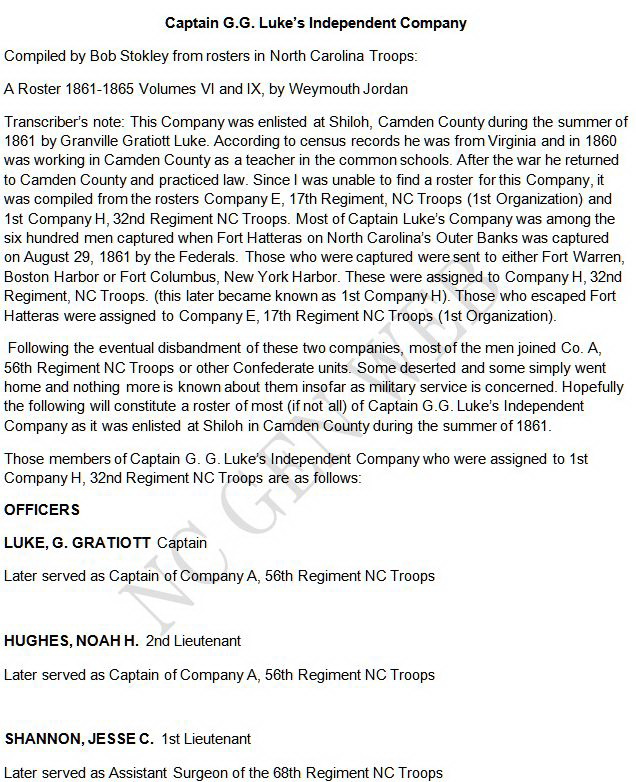
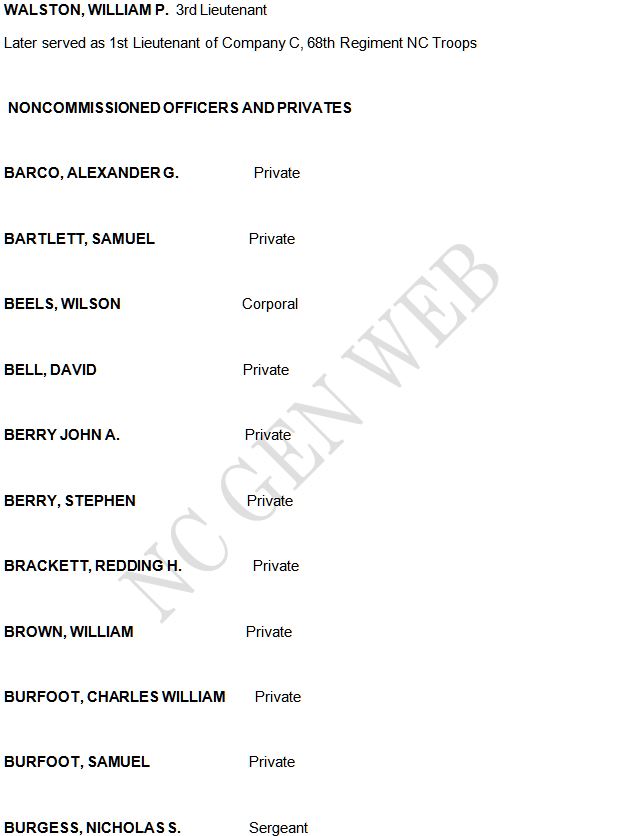
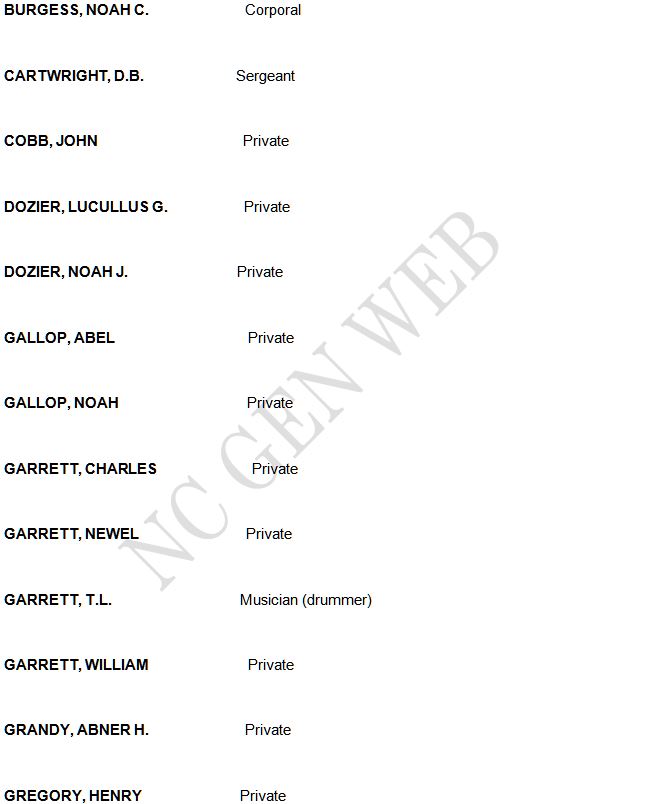
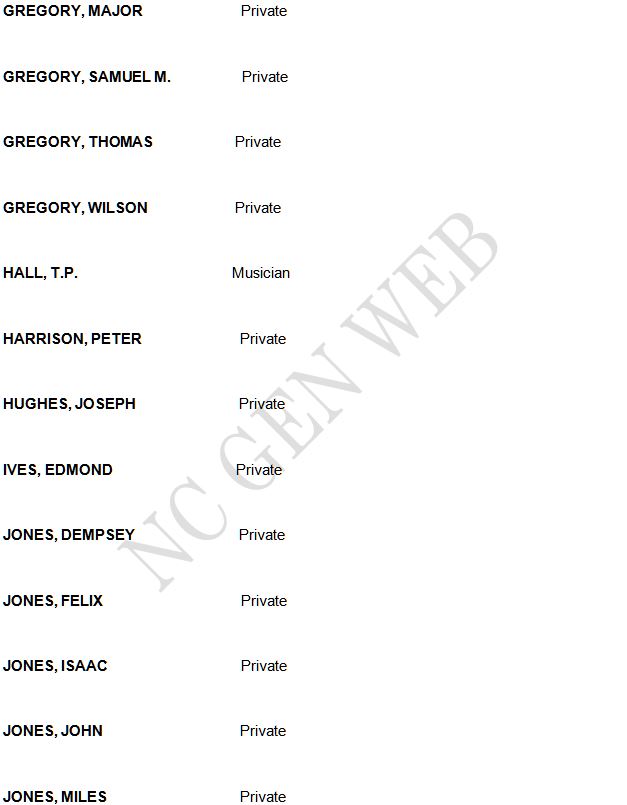
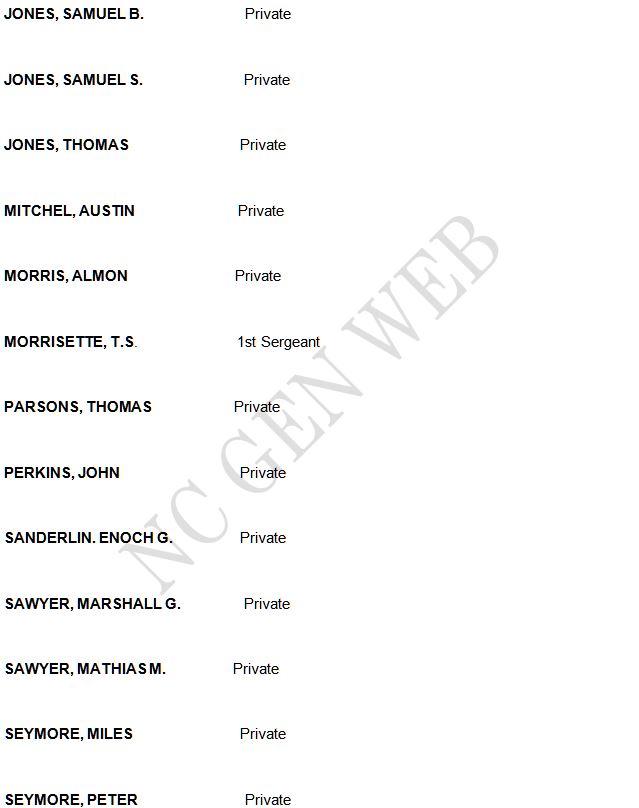
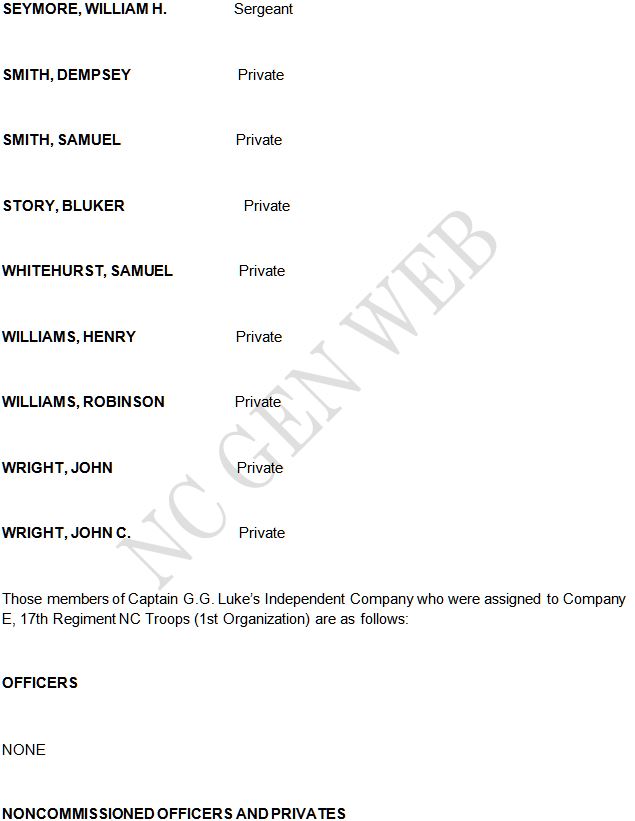
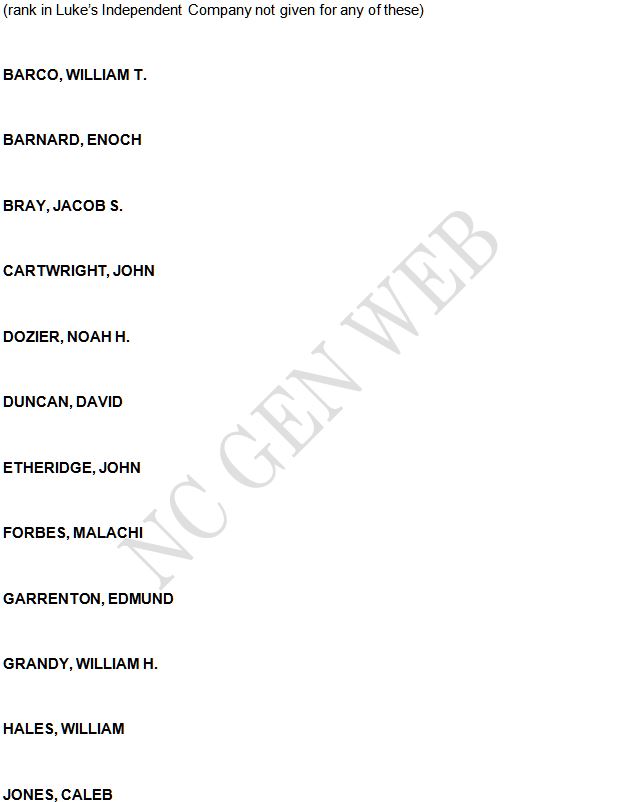
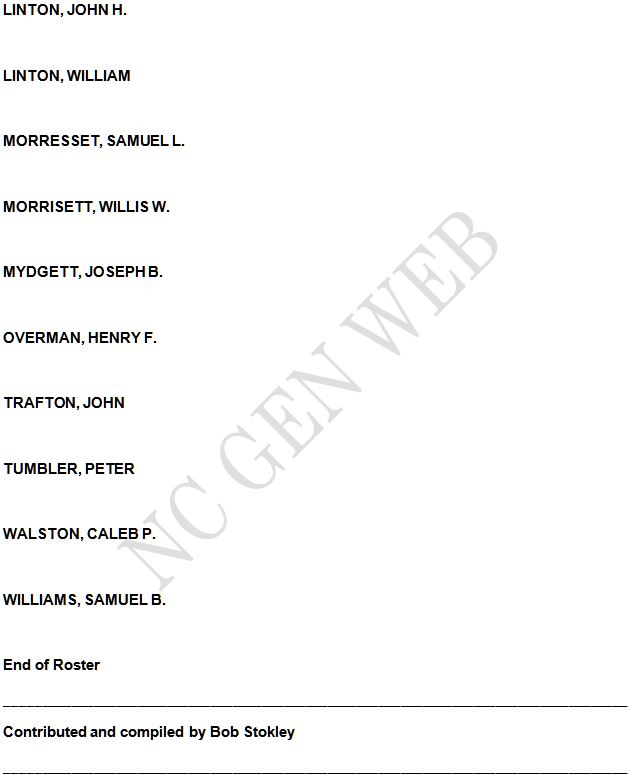
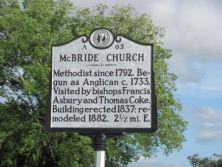
Founded in 1792 McBride Church, east of South Mills in the Pearceville community of Camden County, is the “mother church” of Methodism in northeastern North Carolina. The Moseley map of 1733 shows a chapel on the site (Forke Chappel). The site originally hosted a chapel belonging to the Church of England (in time Episcopalian). After the Revolution the fortunes of that chapel, not unlike that of other Anglican houses of worship, declined. Bishop Thomas Coke preached at the church on a number of occasions and Bishop Francis Asbury preached on the site in 1788.
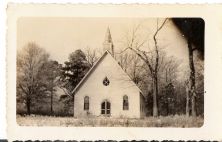 The name Forke Chapel continued to be used until 1800 when the present name was adopted, presumably for Elisha McBride, one of the founders. Prominent families associated with the church include members of the Halstead, Pearce, Taylor, Sawyer, Abbott, Forehand, Gordon, Jones, McCoy, McPherson, Spence, Whitehurst, and Williams families.
The name Forke Chapel continued to be used until 1800 when the present name was adopted, presumably for Elisha McBride, one of the founders. Prominent families associated with the church include members of the Halstead, Pearce, Taylor, Sawyer, Abbott, Forehand, Gordon, Jones, McCoy, McPherson, Spence, Whitehurst, and Williams families.
The 1792 deed transferred a half-acre from Jeremiah Sexton to Elisha McBride and Joshua Gambling on behalf of the Methodists worshippers. The document took note of the “purpose of finishing and keeping in repair a house of worship for the joint use of the Methodist Society and the Episcopal Church of America.” The transfer terms called for Sexton and his heirs to receive “one grain of Indian corn” every year as payment. The present building was erected in 1837 and remodeled in 1882.
References:
Camden County Deed Book F, page 79
William L. Saunders, ed., The Colonial Records of North Carolina
Walter Clark, ed., State Records of North Carolina
Grady L. E. Carroll, ed., Francis Asbury in North Carolina: The North Carolina Portions of the Journal of Francis Asbury, vols. I and II (1965)
Location: US 17 Business and NC 343 at South Mills
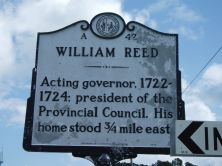
William Reed (ca. 1670-1728) began serving as a Proprietor’s deputy and member of the Council in 1712, and from October 7, 1722 until his death was President of the Council. As president, he served in the capacity of acting governor from the time of his selection until George Burrington’s arrival in January 1724. Little is known about Reed’s early life or, in fact, his personal life in general, since there were several William Reeds in the colony at the time and it is difficult to distinguish them in extant records. Reed was married twice; the first wife was named Christian and the second, Jane. With his wife Christian, he had two sons, Christian and Joseph, and with Jane he had William.
It has been presumed that the William Reed who appears as a witness in Currituck Precinct court in 1692 and as a juror in 1697 was the future acting governor. It is likely the same William Reed who was chosen as a vestryman for the Church of England in the Currituck Precinct in 1715. Governor Charles Eden appointed Reed and two other men to the Virginia-North Carolina Boundary Line Commission on October 30, 1718. While the group began the dividing line survey the following year, the dispute over the line was not settled until 1729, after Reed’s death.
William Reed’s tenure as acting governor was relatively uneventful. He seems to have fulfilled the duties of his office, as well as participated in some land speculation. There was a complaint in a 1726 report of the Committee of Grievances, Pasquotank Precinct, claiming that in 1724 Reed levied and collected an unfair tax and assumed the power to appoint commissioners and assessors. When Burrington took the oath of office in 1724, Reed continued as President of the Council.
As President, Reed did not get along with either of the proprietary governors with whom he served. He also had grievances with several of the councillors. While not, to judge from surviving records, overly combative, Reed did not tolerate disrespect from the council, demanding on one occasion to be referred to as President Reed instead of Mr. Reed. Despite quarrels William Reed served as President of the Council until his death in 1728. There is even a letter to the king in which he and the council complain about the state of North Carolina’s government at the hands of Sir Richard Everard that was dated and sent the day after his death. He was contentious until the end. Reed died at his home in Pasquotank County on December 11, 1728.
References:
Robert J. Cain, Colonial Records of North Carolina, Records of the Executive Council 1664-1734, Series 2, VII (1984)
J. R. B. Hathaway, North Carolina Historical and Genealogical Register, Vol. I, No. 1 (January 1900)
William S. Powell, ed., Dictionary of North Carolina Biography, V, 187-188—sketch by Vernon O. Stumpf
Location: NC 343 southeast of Camden